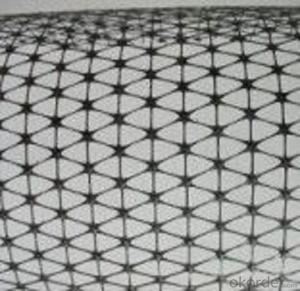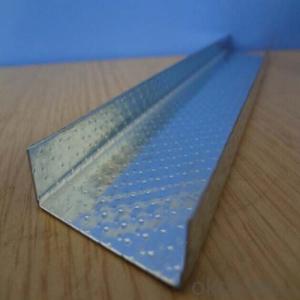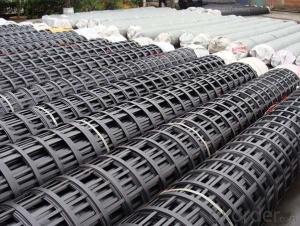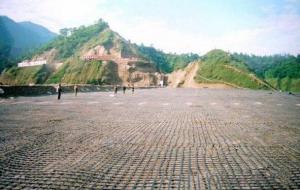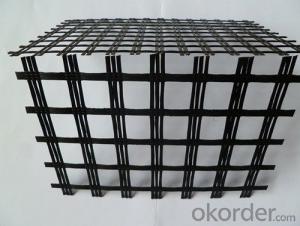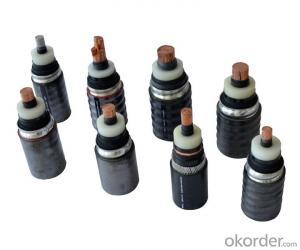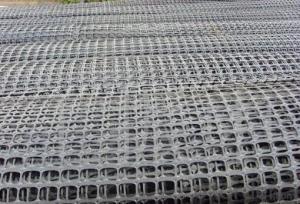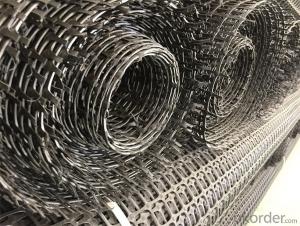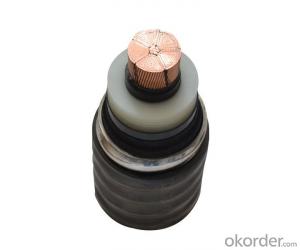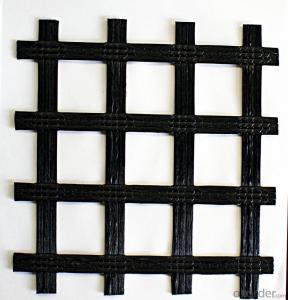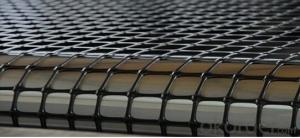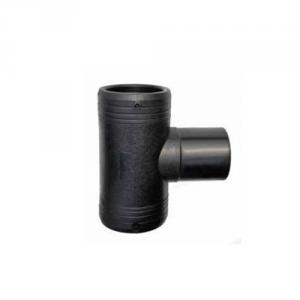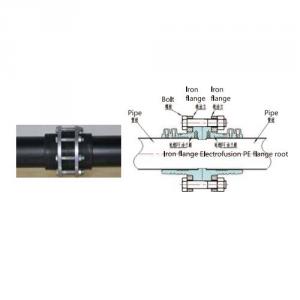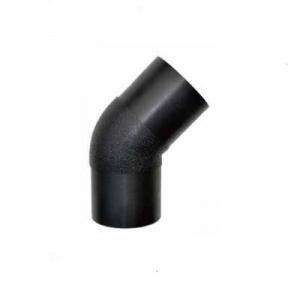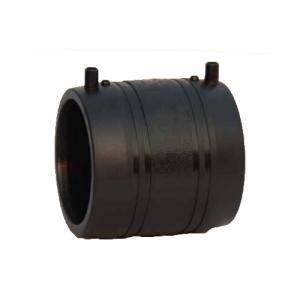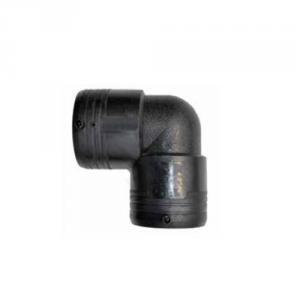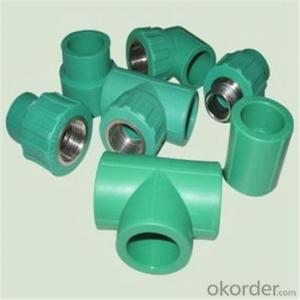Geogrid Cross Reference Chart
Geogrid Cross Reference Chart Related Searches
Fridge With Freezer On Bottom Driveway Pillars With Lights Blu Ray Player With Recorder Blu Ray Player With Internet Geogrid In Retaining Walls 1708 Biaxial Fiberglass Tape Pullout Resistance Of Geogrid Geogrid Warp Knitting Machine Srw 3 Series Geogrid Biaxial Plastic GeogridHot Searches
Fiberglass Scaffolding For Sale Fiberglass Panels For Sale Fiberglass Greenhouses For Sale Geogrid Fabric For Sale Gas Powered Core Aerator For Sale Revolution 4 Propeller For Sale Alabaster Carving Stone For Sale Geogrid For Sale Near Me Tensar Geogrid For Sale Geogrid For Sale Ex Display Log Cabins For Sale Photoelectric Cells For Sale Athletic Lockers For Sale Cubicle Partitions For Sale Stearman Propeller For Sale Palram Greenhouses For Sale Gumbo Bowls For Sale Suzuki Propellers For Sale Freight Crates For Sale Outhouse Sheds For SaleGeogrid Cross Reference Chart Supplier & Manufacturer from China
Okorder.com is a professional Geogrid Cross Reference Chart supplier & manufacturer, offers integrated one-stop services including real-time quoting and online cargo tracking. We are funded by CNBM Group, a Fortune 500 enterprise and the largest Geogrid Cross Reference Chart firm in China.Hot Products
FAQ
- Yes, plastic pipe fittings can be used for condensate drainage systems. Plastic fittings are commonly used for condensate drainage due to their durability, resistance to corrosion, and ease of installation. They are also cost-effective and offer good performance in managing condensate water from HVAC systems or other equipment.
- Common maintenance requirements for plastic pipe fittings include regular inspection for any signs of wear, cracks, or leaks. It is important to ensure that fittings are properly tightened and secured, and any loose or damaged fittings should be replaced immediately. Regular cleaning and removal of any debris or blockages is also necessary to maintain optimal performance. Additionally, it is important to avoid exposing plastic pipe fittings to extreme temperatures or chemicals that may cause damage.
- Yes, plastic pipe fittings can be used for hydroponic systems. They are commonly used due to their durability, affordability, and resistance to corrosion and chemical damage. Plastic fittings can easily connect pipes and components in a hydroponic system, providing a reliable and leak-free solution. Additionally, plastic fittings come in various sizes and shapes, allowing for easy customization and adaptation to different hydroponic setups.
- Yes, plastic pipe fittings are generally resistant to bacterial growth. Their smooth surfaces and non-porous nature make it difficult for bacteria to adhere and multiply on the fittings. Additionally, many plastic pipe fittings are made with antimicrobial additives that further inhibit bacterial growth.
- Yes, plastic pipe fittings can be used in vacuum systems. However, it is important to consider the specific requirements and limitations of the vacuum system, such as the level of vacuum, temperature, and chemical compatibility. Some plastic materials may not be suitable for high vacuum applications or may have limited temperature or chemical resistance. It is recommended to consult with experts or manufacturers to ensure the selected plastic pipe fittings are appropriate for the specific vacuum system.
- To connect plastic pipe fittings to galvanized steel pipes, you can use a transition fitting that has threads to match the galvanized steel pipe on one end and solvent cement to connect the plastic pipe fitting on the other end.
- No, plastic pipe fittings are not generally suitable for pharmaceutical manufacturing processes. This is because plastic materials can potentially leach chemicals into the pharmaceutical products, leading to contamination and compromising the quality and safety of the medications. In pharmaceutical manufacturing, it is crucial to maintain strict hygiene standards and use materials that are chemically inert, such as stainless steel or other approved materials, to ensure the integrity of the products.
















